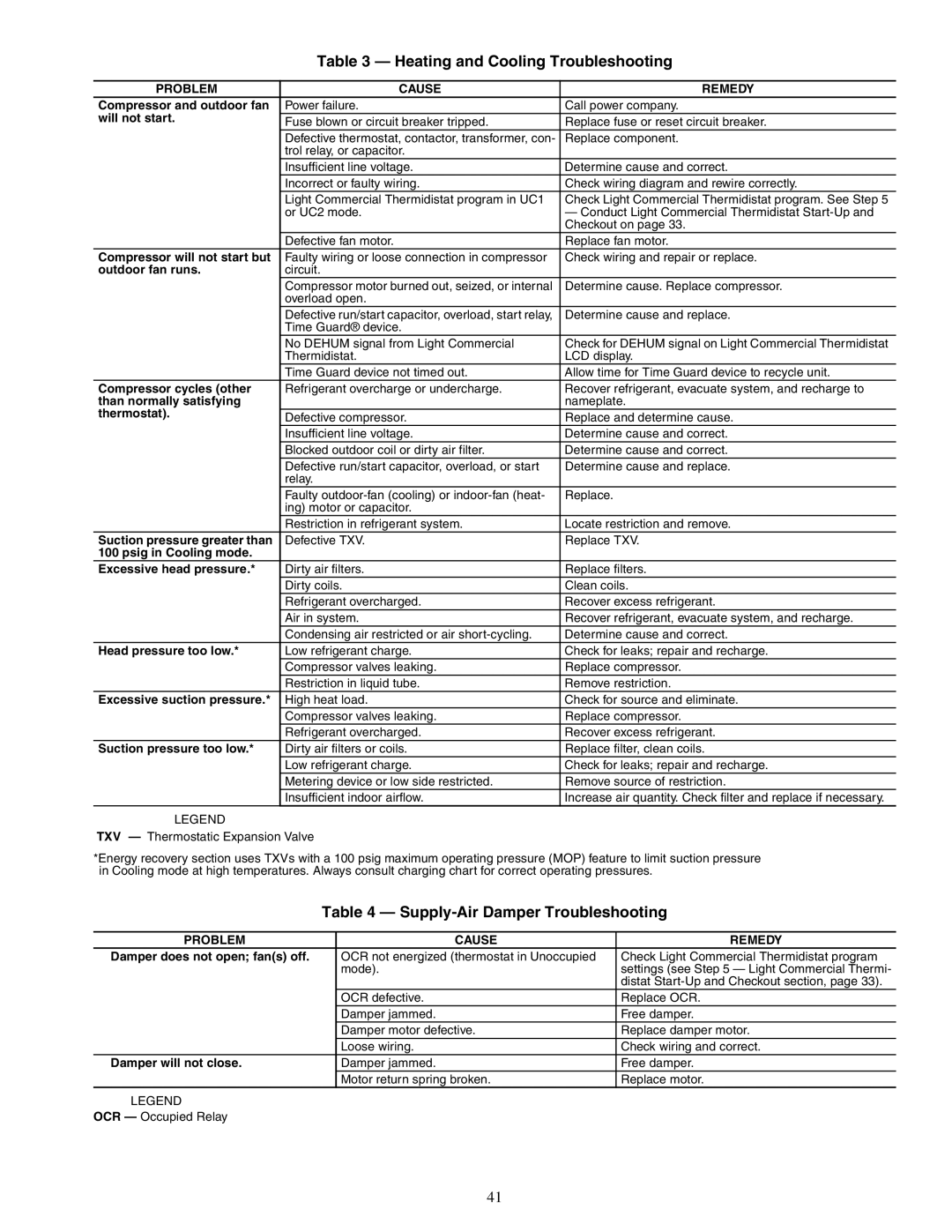Table 3 — Heating and Cooling Troubleshooting
PROBLEM | CAUSE | REMEDY | |
Compressor and outdoor fan | Power failure. | Call power company. | |
will not start. |
|
| |
Fuse blown or circuit breaker tripped. | Replace fuse or reset circuit breaker. | ||
| |||
| Defective thermostat, contactor, transformer, con- | Replace component. | |
| trol relay, or capacitor. |
| |
| Insufficient line voltage. | Determine cause and correct. | |
| Incorrect or faulty wiring. | Check wiring diagram and rewire correctly. | |
| Light Commercial Thermidistat program in UC1 | Check Light Commercial Thermidistat program. See Step 5 | |
| or UC2 mode. | — Conduct Light Commercial Thermidistat | |
|
| Checkout on page 33. | |
| Defective fan motor. | Replace fan motor. | |
Compressor will not start but | Faulty wiring or loose connection in compressor | Check wiring and repair or replace. | |
outdoor fan runs. | circuit. |
| |
| Compressor motor burned out, seized, or internal | Determine cause. Replace compressor. | |
| overload open. |
| |
| Defective run/start capacitor, overload, start relay, | Determine cause and replace. | |
| Time Guard® device. |
| |
| No DEHUM signal from Light Commercial | Check for DEHUM signal on Light Commercial Thermidistat | |
| Thermidistat. | LCD display. | |
| Time Guard device not timed out. | Allow time for Time Guard device to recycle unit. | |
Compressor cycles (other | Refrigerant overcharge or undercharge. | Recover refrigerant, evacuate system, and recharge to | |
than normally satisfying |
| nameplate. | |
thermostat). | Defective compressor. | Replace and determine cause. | |
| |||
| Insufficient line voltage. | Determine cause and correct. | |
| Blocked outdoor coil or dirty air filter. | Determine cause and correct. | |
| Defective run/start capacitor, overload, or start | Determine cause and replace. | |
| relay. |
| |
| Faulty | Replace. | |
| ing) motor or capacitor. |
| |
| Restriction in refrigerant system. | Locate restriction and remove. | |
Suction pressure greater than | Defective TXV. | Replace TXV. | |
100 psig in Cooling mode. |
|
| |
Excessive head pressure.* | Dirty air filters. | Replace filters. | |
| Dirty coils. | Clean coils. | |
| Refrigerant overcharged. | Recover excess refrigerant. | |
| Air in system. | Recover refrigerant, evacuate system, and recharge. | |
| Condensing air restricted or air | Determine cause and correct. | |
Head pressure too low.* | Low refrigerant charge. | Check for leaks; repair and recharge. | |
| Compressor valves leaking. | Replace compressor. | |
| Restriction in liquid tube. | Remove restriction. | |
Excessive suction pressure.* | High heat load. | Check for source and eliminate. | |
| Compressor valves leaking. | Replace compressor. | |
| Refrigerant overcharged. | Recover excess refrigerant. | |
Suction pressure too low.* | Dirty air filters or coils. | Replace filter, clean coils. | |
| Low refrigerant charge. | Check for leaks; repair and recharge. | |
| Metering device or low side restricted. | Remove source of restriction. | |
| Insufficient indoor airflow. | Increase air quantity. Check filter and replace if necessary. |
LEGEND
TXV — Thermostatic Expansion Valve
*Energy recovery section uses TXVs with a 100 psig maximum operating pressure (MOP) feature to limit suction pressure in Cooling mode at high temperatures. Always consult charging chart for correct operating pressures.
Table 4 — Supply-Air Damper Troubleshooting
PROBLEM | CAUSE | REMEDY |
Damper does not open; fan(s) off. | OCR not energized (thermostat in Unoccupied | Check Light Commercial Thermidistat program |
| mode). | settings (see Step 5 — Light Commercial Thermi- |
|
| distat |
| OCR defective. | Replace OCR. |
| Damper jammed. | Free damper. |
| Damper motor defective. | Replace damper motor. |
| Loose wiring. | Check wiring and correct. |
Damper will not close. | Damper jammed. | Free damper. |
| Motor return spring broken. | Replace motor. |
LEGEND |
|
|
OCR — Occupied Relay |
|
|
41
